Why Perfect a Neglected Summer Garden
Why a post on perfecting a neglected summer garden? Well, I started my spring garden with the best of intentions. I would water it daily (if it didn’t rain). Yes, I would pull weeds when they were small. And I would keep my soil full of nutrients. Things were going well until I hit my third trimester of pregnancy. I still watered these plants faithfully, but weeding became difficult. Then I had a C-section, which rendered me useless for several weeks. After recovery, I learned that gardening with a newborn was more complicated than gardening without a newborn.
If you can’t relate and have all the time in the world, I recommend you skip this post and check out something more hands-on, like making your own chocolate. Otherwise, read on, knowing you are in good company as a plant neglecter. For reference, I am in Central Florida, gardening zone 9b. Neglected plant successes and failures may differ in other weather zones. Results reported are from the hot summer/fall seasons. Some of the plants mentioned (i.e., cacao, for example) require extra care or shelter during cold winter weather.
Plant All-Stars of the Neglected Summer Garden
The plants in this category stayed alive with little to no care AND produced something edible.
Monstera Deliciosa
If you have to pick one plant for a neglected garden, consider a monstera deliciosa. Also nicknamed the swiss cheese plant, this greenery boasts large fenestrated leaves that provide a tropical feel to the landscape. Once mature, at around 2-3 years, the monstera will flower and produce edible fruit.
This plant was completely forgotten in my front yard, meaning I did not water it at all this summer or fall. It thrived at the base of a live oak tree, planted in sandy soil. Somehow, it thrived and chose to grant me several fruit pods. These will ripen over the next several months. Monstera deliciosa fruits make great novelty gifts. The fruits also contain seeds for planting or sharing with others.
Please note: The fruit is toxic when unripe; please learn about safely eating one if you have not before. Also note: The monstera deliciosa referenced above was the plain green kind. Variegated monstera deliciosas (i.e., thai constellation, albos) are popular and expensive trendy plants that cost significantly more than my boring monstera. I do not recommend shelling out the money for a fancy one if you plan to have a neglected garden.
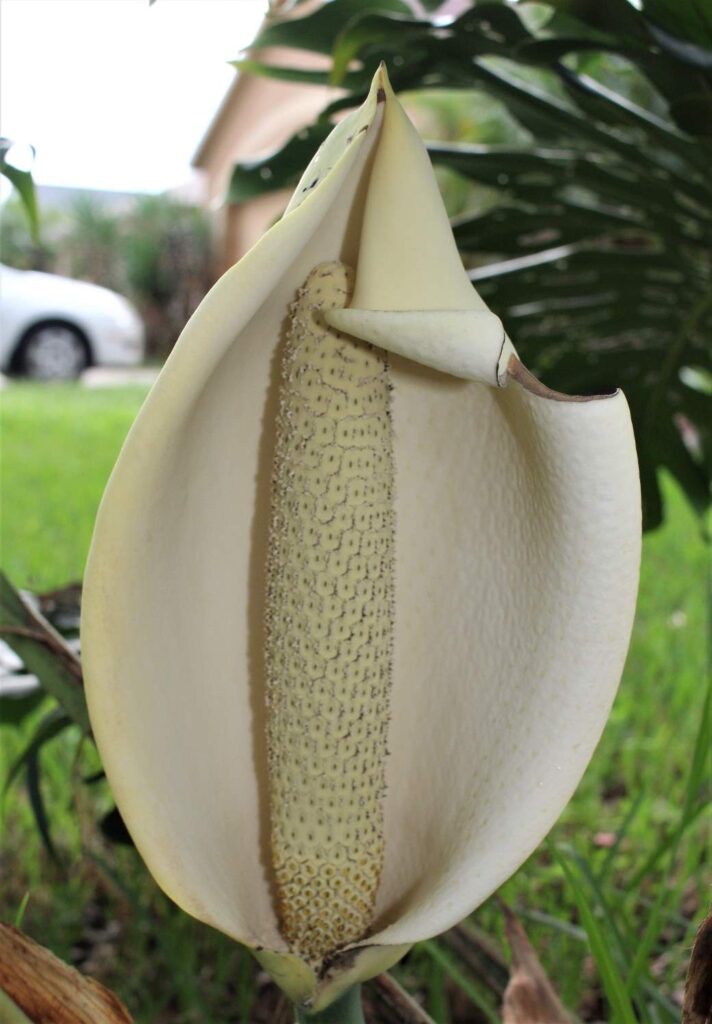
Jewels of Opar
If you are looking for a rapidly growing, hardy green leafy vegetable, consider Jewels of Opar (Talinum paniculatum). This Southern substitute for spinach requires very little water and thrives in the hot sun. It is delicious on sandwiches or in salads, and produces eye-catching pink flowers. As a bonus, Jewels of Opar self-seeds. In fact, after planting one in a pot, you may later find them growing all over in a neglected garden- in random plant pots and even in the dirt in the cracks in your concrete. Not to worry, though; these plants are easy to uproot if found growing in undesirable places. Click here for more information on this great perennial.
Seminole Pumpkin
I had previously given up on squash-like vegetables, after failing to grow cucumbers, zucchini, and regular pumpkins in my Florida soil. However, upon encouragement from other area gardeners, I purchased a few Seminole pumpkin seeds (Cucurbita moschata) and threw them into a sandy garden plot in the back. After forgetting about them for several months, I ventured into the back yard to find it completely appropriated by flowering vines. Seminole pumpkins thrive in poor soil and intense heat and produce delicious, sweet fruits. For more information on growing Seminole pumpkins, click here. I recommend eating them in a curry or as the main ingredient of pumpkin soup. If you have a baby, try these pumpkin cubes.
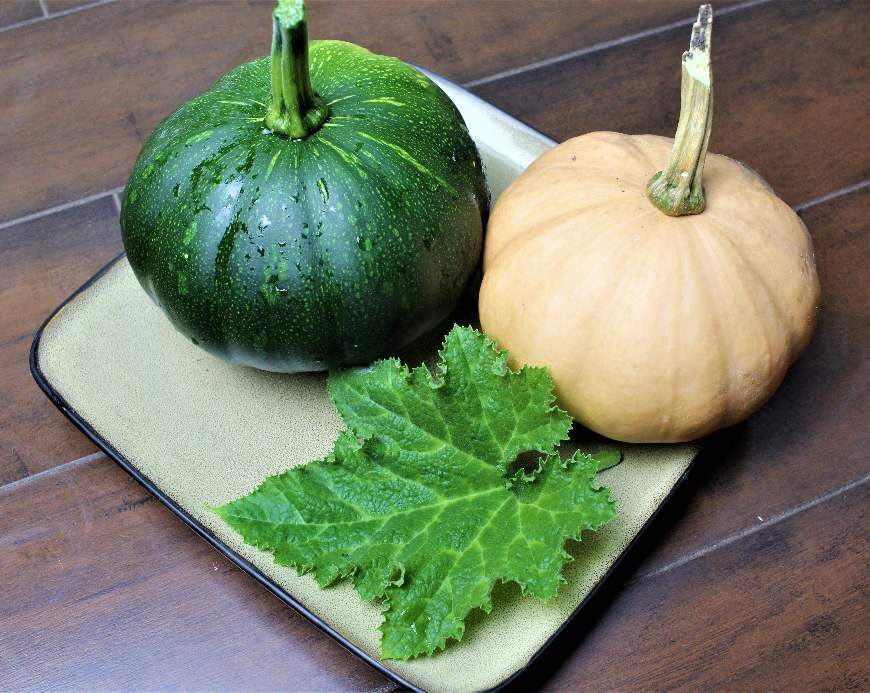
Thai Sweet Basil
I bought a clearance packet of Thai sweet basil (ocimum basilicum) one year and learned that this plant is quite prolific in warm climates. This herb becomes a sizeable shrub and is a prolific producer of delicious leaves. It also self-seeds quite well, and you may find this basil popping up where least expected (i.e., in other planters, in cracks in your sidewalk). As a bonus, it fills your garden with a lovely aroma when disturbed.
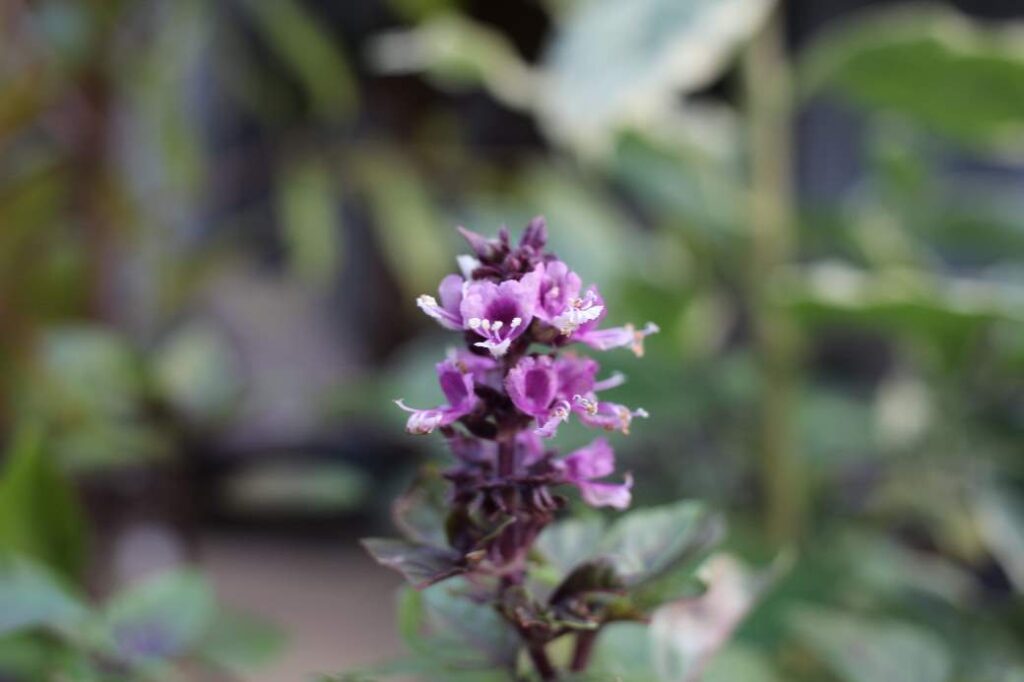
Fig
A brown turkey fig (ficus carica) was the very first plant I purchased after moving to Florida. Despite almost complete neglect and being planted in sandy soil, this tree has thrived. Sweet brownish-purple figs ripen almost daily in the summer and fall, and are delicious dried. Figs also grow well in containers.
Plants that Thrive with Moderate Neglect
The plants in this category stayed alive with little care AND produced something edible.
Chocolate
As chocolate trees (theobroma cacao) rank among my favorites, I took the time to water them every few days. Chocolate trees need shade or filtered sunlight, and need protection from wind. (Without these conditions, chocolate trees should go in the “will certainly die” category below). However, if you have them in a good location and THEN neglect them, you may be surprised with pods. This fall I even learned that one of my varieties is self-fertile (a claim from a nursery that I had doubted before).
I live in zone 9b, where temperatures sometimes drop below freezing in the winter. Cacao trees do not like the cold (under 50 degrees), so I keep mine in pots. You will want tall pots, so the cacao taproot can grow freely. If you live anywhere that is not decidedly tropical, I recommend keeping them in a greenhouse or indoors in the winter.
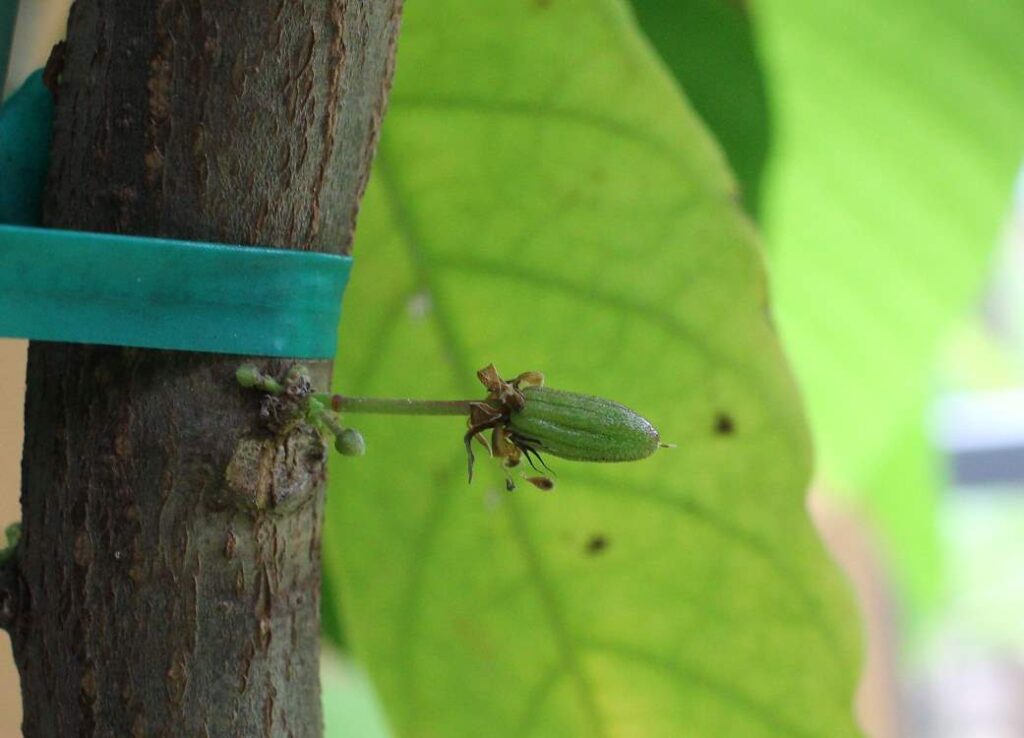
Strawberry Plant
The strawberry plant (muntingia calabura), nicknamed the Jamaican cherry, is a quick-growing shrub. It flowers and produces a sweet cherry-like fruit nearly year-round. All it asks is that you water it frequently. Mine grew and fruited well in full sun or part shade. I keep mine in planters, as they seem to appreciate a higher-quality soil than the sand in my yard.
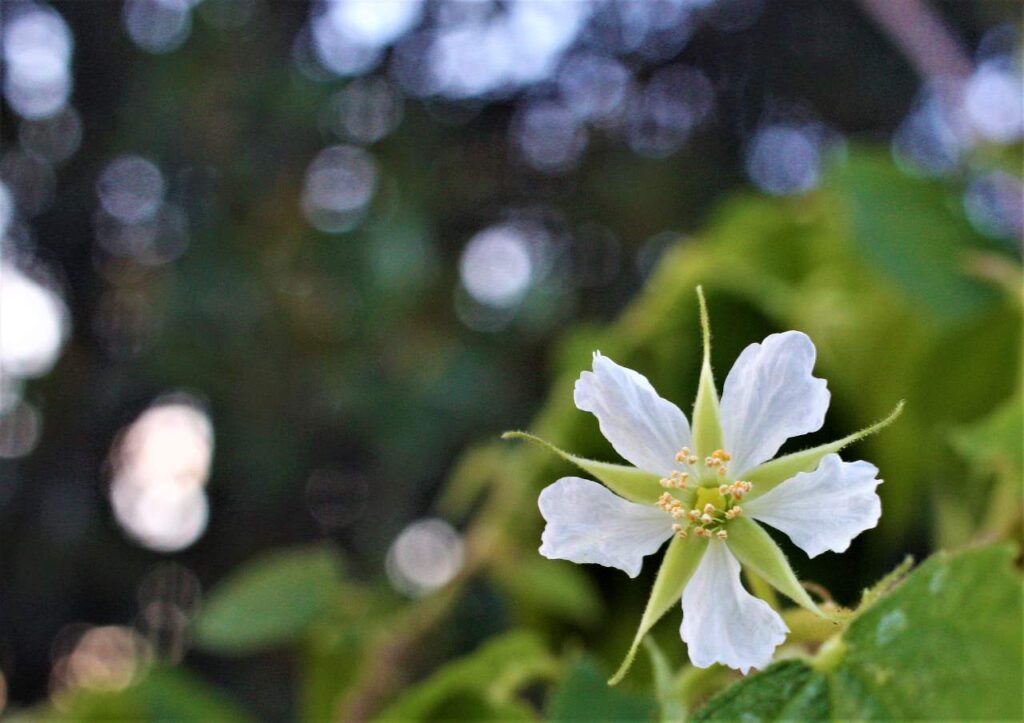
Turmeric
If you have checked out my other blog posts, you have probably noticed that turmeric (curcuma longa) is one of my favorite plants. It requires very little attention, other than regular watering. Turmeric adds appealing tropical foliage to your landscape, and produces beautiful flowers if conditions are right. Check out these posts for information on growing basic turmeric and turmeric varieties.
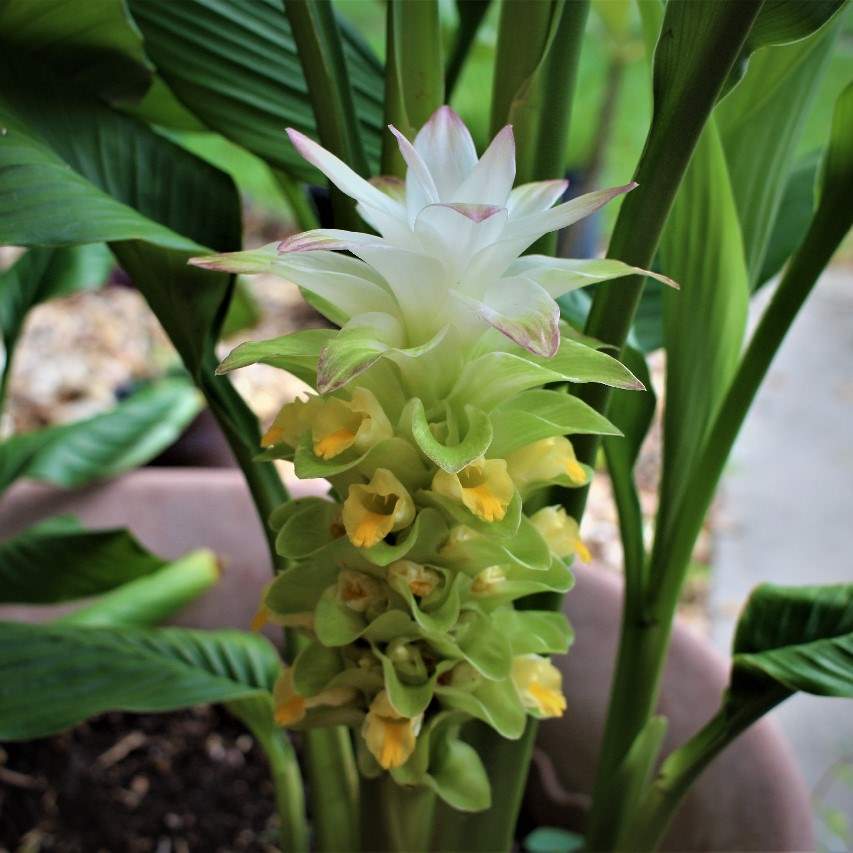
Plants that Will Certainly Die
The plants in this category died or look mostly dead.
Peaches and Nectarines
Peach and nectarine trees like water. Yes, even kinds meant for growing in the South. Below is a picture of a peach on one of my trees before its leaves browned and died. Perhaps they will return in the spring, but the trees look dead for now. Below is a photo of a peach on one of my trees this spring, because dead trees just aren’t as pretty.
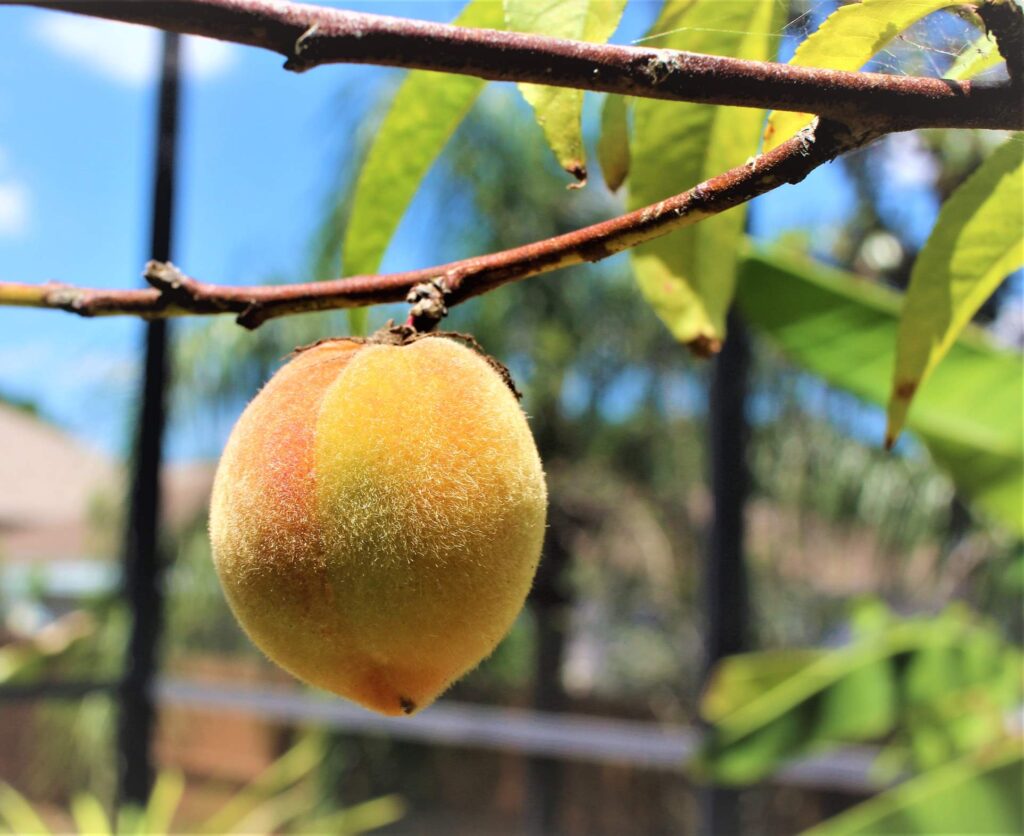
Grapes
Neither native muscadine grapes (vitis rotundifolia) or calusa grapes (vitis shuttleworthii) were happy with neglect. Grapes require a decent amount of rain or watering, which they did not receive this year. Both varieties are mostly dead.
Strawberries
Yes, I know central Florida produces 75% or so of the nation’s strawberries. However, this is only in the winter. Strawberries are typically grown as annuals in Florida, as they do not tolerate extreme heat. This did not stop me from trying to grow native wild strawberries. These grew in years past with a bit of care (okay, a lot of care) to get them through the summer heat. I even managed to have some Marshall strawberries survive in years past (and even produce a few berries). Do not try to keep strawberries as perennials in Florida unless you plan to baby them. They will die.
Note: This is not a comprehensive list of plants in my garden. If a common edible plant is not listed, it likely was not amazing or terrible in my absence. Feel free to message me for questions regarding other edible plants or with specific questions regarding detailed info on garden conditions.

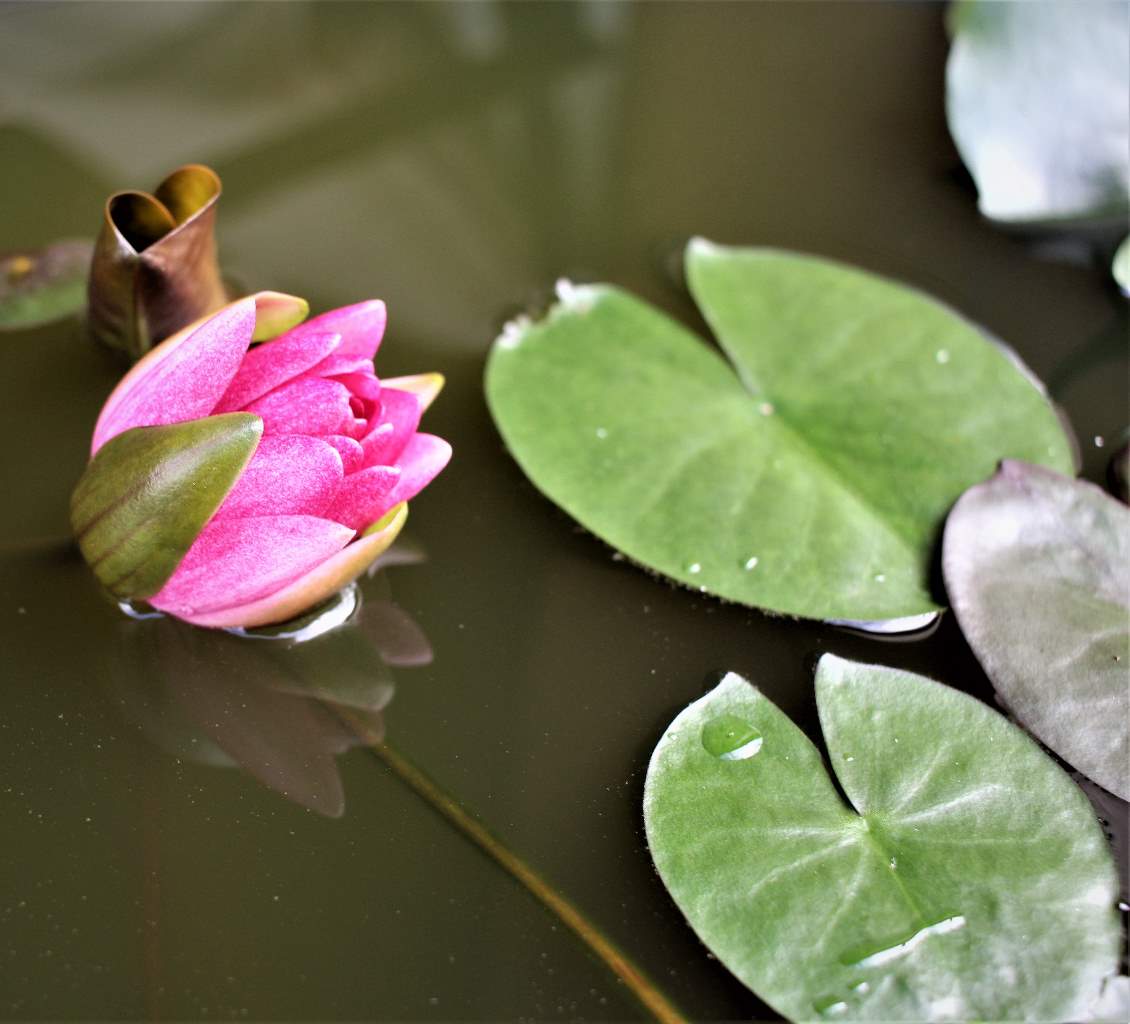

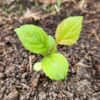


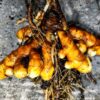
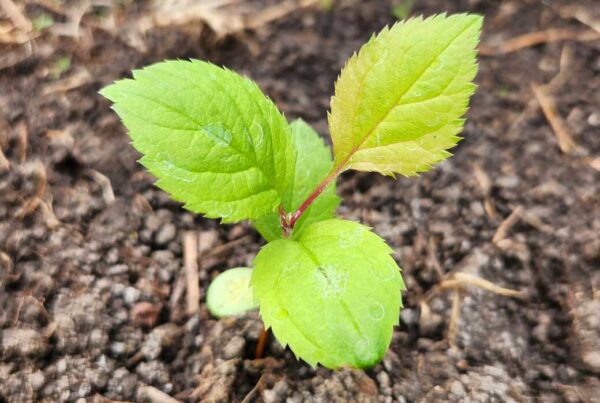
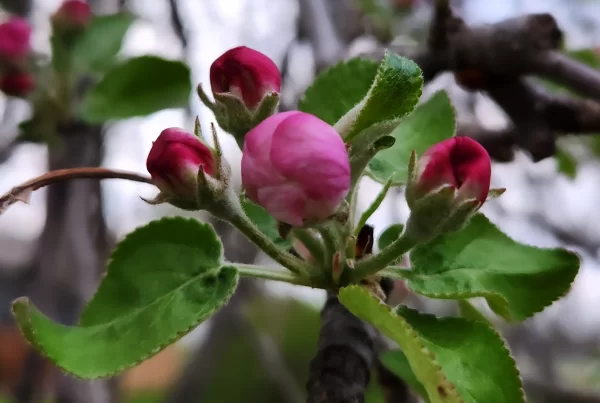
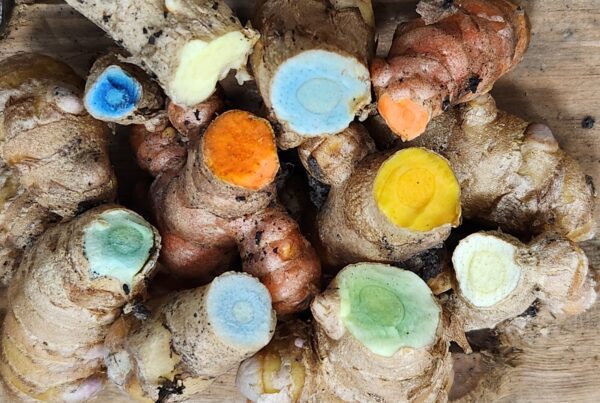

One Comment